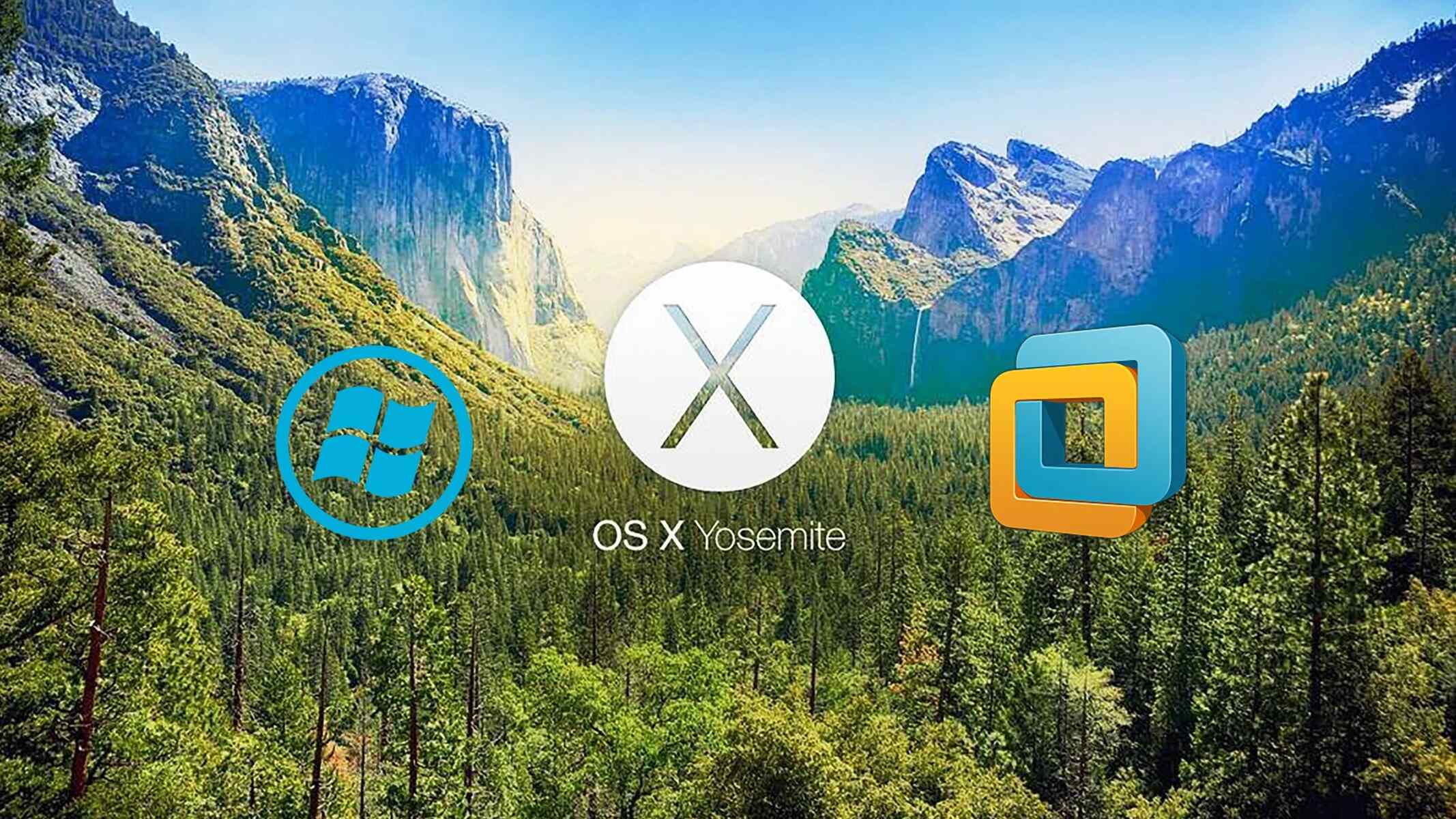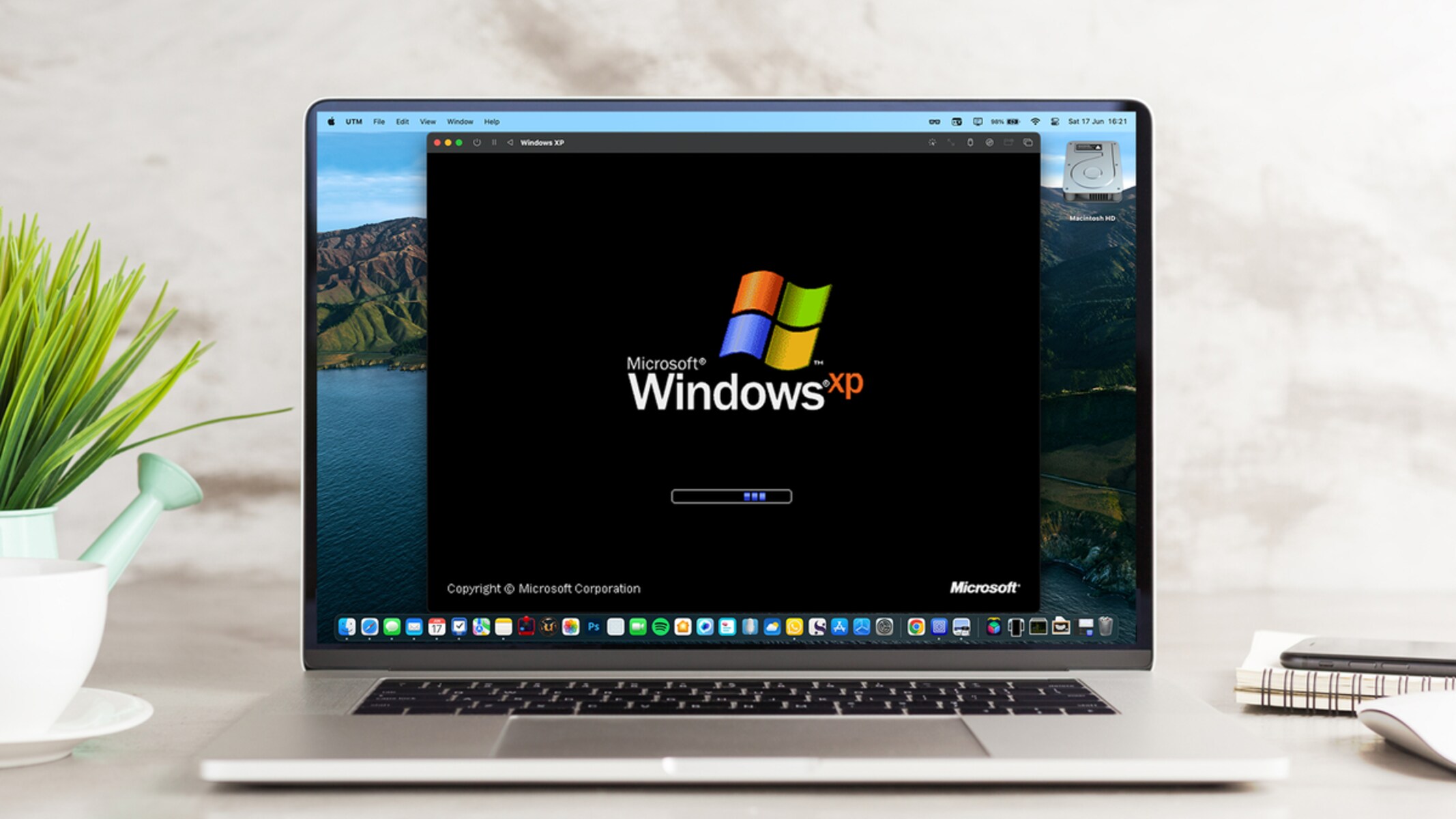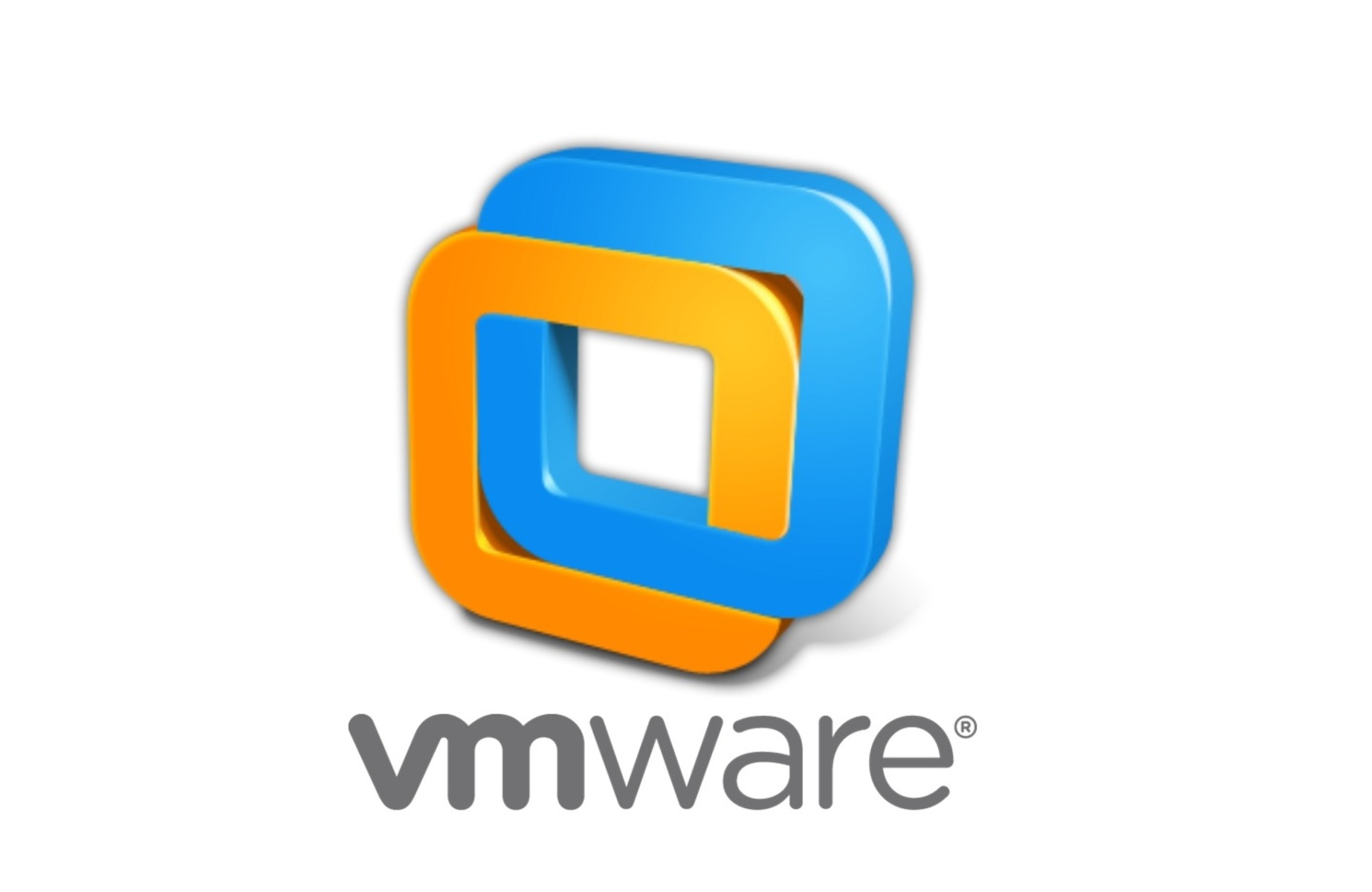Introducing VMware Tools
When it comes to virtualization software, VMware Workstation stands out as a popular choice. Users benefit from its robust features and functionalities, which provide a seamless virtual environment for running various operating systems. However, to unlock the full potential of VMware Workstation, it is essential to install VMware Tools.
VMware Tools is a set of utilities and drivers that enhance the performance and functionality of the virtual machine. It allows for better integration between the host and guest operating systems, enabling seamless communication and improved resource utilization. With VMware Tools installed, users can take advantage of features like drag-and-drop file sharing, clipboard sharing, enhanced display resolutions, and time synchronization.
One of the key benefits of VMware Tools is improved performance. By installing the tools, the virtual machine gains access to optimized drivers that enhance the utilization of hardware resources. This can lead to faster and more efficient operations, such as improved graphics rendering and reduced CPU overhead.
Another important aspect of VMware Tools is the ability to enhance the user experience. With features like drag-and-drop file sharing, copying files between the host and guest operating systems becomes effortless. Clipboard sharing allows for seamless copying and pasting of text and data across different environments. Additionally, VMware Tools provides enhanced display resolutions, ensuring a smoother and more visually pleasing experience within the virtual machine.
Moreover, VMware Tools ensures the stability and reliability of the virtual machine. The tools help in maintaining proper time synchronization between the host and guest operating systems, avoiding any time discrepancies that may impact applications and services running within the virtual environment. VMware Tools also enables interaction with the virtual hardware, allowing for the detection of hardware changes and adapting accordingly.
In summary, VMware Tools is an essential component for VMware Workstation users. It provides enhanced performance, improved integration between host and guest operating systems, and a better user experience. By installing and configuring VMware Tools, users can maximize the potential of their virtual machines and enjoy a seamless virtualization experience.
Why is it important to load VMware Tools?
VMware Tools plays a crucial role in maximizing the functionality and performance of virtual machines running on VMware Workstation. Let’s dive into why it is important to load VMware Tools and the benefits it brings:
1. Performance Optimization: VMware Tools includes a set of drivers that optimize the virtual machine’s interaction with the underlying hardware. These drivers are specifically designed for the virtual environment and enable efficient utilization of resources such as CPU, memory, and disk I/O. By loading VMware Tools, users can experience faster and more responsive virtual machines, resulting in improved productivity.
2. Seamless Integration: VMware Tools enables seamless integration between the host and guest operating systems. This integration allows for features like drag-and-drop file sharing, clipboard sharing, and shared folders. With drag-and-drop file sharing, users can easily transfer files between the host and guest OS without the need for external storage or network access. Clipboard sharing simplifies the process of copying and pasting text or data between the virtual machine and the host, increasing efficiency and productivity.
3. Enhanced Display Capabilities: VMware Tools provides enhanced display resolution options for the virtual machine. It allows users to adjust the screen resolution to match their monitor’s optimal settings, resulting in a sharper and more visually pleasing experience. This is particularly useful when working with graphic-intensive applications or when needing to view complex content in the virtual machine.
4. Time Synchronization: VMware Tools helps maintain accurate time synchronization between the virtual machine and the host system. This synchronization is essential for various applications and services that rely on accurate timekeeping. With VMware Tools, time discrepancies are minimized, ensuring the smooth functioning of time-sensitive operations.
5. Hardware Compatibility and Maintenance: Loading VMware Tools ensures compatibility between the virtual machine and the virtual hardware provided by VMware Workstation. It allows the virtual machine to detect and utilize the virtual hardware more effectively. Additionally, VMware Tools simplifies the detection and handling of hardware changes, ensuring that the virtual machine adapts seamlessly to any modifications made to the virtual hardware.
Overall, loading VMware Tools is vital for optimizing the performance, enhancing integration, and ensuring compatibility and stability of virtual machines on VMware Workstation. By taking the time to install and configure VMware Tools, users can unlock the full potential of their virtual environments and enjoy a seamless, productive, and hassle-free virtualization experience.
Checking VMware Tools Availability
Prior to installing VMware Tools, it is essential to check its availability and ensure that the necessary files are accessible. Here are the steps to verify VMware Tools availability:
1. Check VMware Workstation Version: The availability of VMware Tools depends on the version of VMware Workstation you are using. Make sure you are running a compatible version of the software. Check the VMware Workstation documentation or the official website to confirm the compatibility of your version with the latest release of VMware Tools.
2. Determine Virtual Machine Status: Ensure that the virtual machine you want to install VMware Tools on is powered on and in an operational state. If the virtual machine is suspended or powered off, you need to start or resume it before proceeding with the VMware Tools installation.
3. Verify VMware Tools Package Presence: Inside the VMware Workstation interface, navigate to the virtual machine’s menu bar and click on “VM”. From the dropdown menu, select “Install VMware Tools”. This action will virtually mount the VMware Tools ISO image to the virtual machine, making it accessible for installation.
4. Locate the VMware Tools ISO Image: Once you have initiated the process of installing VMware Tools, an ISO image file should appear either on your host machine’s file system or within the virtual machine. Locate this file to proceed with the installation.
5. Confirm VMware Tools Availability: To verify the availability of VMware Tools within the virtual machine, access the operating system of the guest machine and navigate to the file system. Look for the VMware Tools ISO image that should be listed among the available files. This confirms that VMware Tools is accessible and ready for installation.
By following these steps, you can ensure that VMware Tools is available and ready for installation. It’s important to note that the process may slightly vary depending on the version of VMware Workstation you are using. Always consult the official documentation or resources provided by VMware to obtain the most accurate and up-to-date information on VMware Tools availability and installation.
Step 1: Downloading VMware Tools
In order to install VMware Tools on your virtual machine, you need to download the necessary files from the VMware website. Follow these steps to download VMware Tools:
1. Access the VMware Website: Launch your web browser and navigate to the official VMware website (https://www.vmware.com).
2. Navigate to the Downloads Section: Once on the VMware website, locate and click on the “Downloads” tab or look for the “Download” option related to VMware Workstation or the specific VMware product you are using.
3. Select the Product and Version: In the downloads section, search for the appropriate VMware product and version for which you want to download VMware Tools. Click on the corresponding download link.
4. Accept the License Agreement: After clicking on the download link, you may be prompted to accept the VMware End-User License Agreement (EULA). Read the terms and conditions and, if you agree, check the box or click the “Accept” button to proceed.
5. Choose the Installer Format: Depending on your operating system, you will have the option to download VMware Tools in different formats such as an executable file or a zipped archive. Select the appropriate format for your operating system and click on the respective download button.
6. Save the Downloaded File: Choose a location on your computer where you want to save the downloaded VMware Tools file and click “Save” to start the download process. Ensure that you have enough disk space for the download.
7. Wait for the Download to Complete: Allow the download to complete, which may take a few minutes depending on the size of the VMware Tools installer file and the speed of your internet connection.
Once the download is complete, you have successfully obtained the VMware Tools files needed for installation. The next steps will guide you through installing VMware Tools onto your virtual machine, allowing you to benefit from its enhanced functionality and performance.
Step 2: Mounting VMware Tools ISO
Now that you have downloaded the VMware Tools files, the next step is to mount the VMware Tools ISO image onto your virtual machine. Follow these steps to successfully mount the ISO:
1. Power On the Virtual Machine: Ensure that the virtual machine you want to install VMware Tools on is powered on and in an operational state. If the virtual machine is suspended or powered off, start or resume it.
2. Access the Virtual Machine Settings: Within the VMware Workstation interface, locate the virtual machine and click on “Edit virtual machine settings”. Alternatively, you can right-click on the virtual machine and select “Settings”.
3. Go to the CD/DVD Drive Settings: In the Virtual Machine Settings window, navigate to the “CD/DVD (IDE)” option from the left-side menu. Ensure that the “Use ISO image file” or “Use physical drive” is selected, depending on your available options.
4. Browse and Select the VMware Tools ISO: Click on the “Browse” button next to the “ISO Image File” option. Locate and select the VMware Tools ISO image that you downloaded in the previous step. Click “Open” to confirm your selection.
5. Save the Settings: After selecting the VMware Tools ISO, click “OK” or “Apply” to save the changes made to the virtual machine settings.
6. Mount the ISO Image: You can now mount the VMware Tools ISO onto the virtual machine. Inside the virtual machine window, go to the “VM” menu and select “Removable Devices”. From the dropdown menu, choose the CD/DVD drive option containing the VMware Tools ISO. This will mount the ISO onto the virtual machine.
7. Access the VMware Tools Files: Within the virtual machine, access the CD/DVD drive that now contains the VMware Tools ISO image. You should see the ISO’s contents displayed. These files are necessary for the installation process.
At this stage, you have successfully mounted the VMware Tools ISO image onto your virtual machine. The next step is to proceed with the installation process, which will be covered in the subsequent sections.
Step 3: Installing VMware Tools
With the VMware Tools ISO image successfully mounted onto your virtual machine, you can now proceed to install VMware Tools. Follow these steps to install VMware Tools:
1. Open the VMware Tools Installer: Within the virtual machine, navigate to the VMware Tools ISO image. Double-click on the ISO file to open it and reveal its contents.
2. Start the Installation Wizard: Among the files displayed, locate the “VMwareTools” or “setup.exe” file and double-click on it to launch the installation wizard. This will initiate the VMware Tools installation process.
3. Verify the Installation Process: Once the VMware Tools installation wizard is running, you will see a welcome screen. Click “Next” to proceed.
4. Choose the Installation Options: In the installation wizard, you may be presented with various installation options. Select the desired options based on your preferences. Typically, the default options are recommended for most users. Click “Next” to continue.
5. Begin the Installation: The installation wizard will now start installing VMware Tools on your virtual machine. This process may take a few minutes. During the installation, avoid suspending or shutting down the virtual machine.
6. Restart the Virtual Machine: After the installation is complete, you will be prompted to restart the virtual machine. Click “Finish” to complete the installation. The virtual machine will reboot to apply the changes.
7. Verify the Installation: Once the virtual machine has restarted, the VMware Tools are now installed. To confirm the successful installation, check for the presence of VMware Tools processes or services in the guest operating system. You can also verify the installation by checking the VMware Tools status within the VMware Workstation interface.
With the successful installation of VMware Tools, you can now take full advantage of its enhanced functionality and improved performance within your virtual machine.
Step 4: Configuring VMware Tools
After successfully installing VMware Tools on your virtual machine, the next step is to configure the settings and options to optimize its performance and functionality. Follow these steps to configure VMware Tools:
1. Open VMware Tools Settings: Within the guest operating system of the virtual machine, locate the VMware Tools icon in the system tray or notification area. Right-click on the VMware Tools icon and select “Open VMware Tools” or a similar option.
2. Access VMware Tools Control Panel: The VMware Tools control panel will open, providing various configuration options. You can customize settings related to display, networking, shared folders, and more.
3. Adjust Display Settings: Within the VMware Tools control panel, go to the “Display” or “Video” section. Here, you can fine-tune the display settings such as screen resolution and color depth to match your preferences and requirements. Make the necessary adjustments and click “Apply” or “OK” to save the changes.
4. Configure Networking: In the VMware Tools control panel, navigate to the “Network” or “Network Adapter” section. Depending on your needs, you can customize network settings like bridged, NAT, or host-only networking. You may also enable or disable features like IPv6 support. Once you have configured the desired network settings, click “Apply” or “OK” to save the changes.
5. Enable Shared Folders: If you want to share files and folders between the host and guest operating systems, navigate to the “Shared Folders” section within the VMware Tools control panel. Enable the shared folders feature and specify the folders you want to share. You can choose to make them read-only or read and write accessible. Click “Apply” or “OK” to save the changes.
6. Configure Additional Settings: Depending on your specific requirements, you may find other configuration options in the VMware Tools control panel. These options can include time synchronization, memory management, drag-and-drop settings, and more. Customize these settings as needed and save the changes.
7. Restart the Virtual Machine: After configuring the VMware Tools settings, it is recommended to restart the virtual machine to apply the changes. Save any ongoing work and proceed with the restart process.
By following these steps, you can configure VMware Tools to optimize its performance and functionality according to your specific needs. Customizing the settings will enhance the integration, networking, and shared resource access between the guest and host operating systems.
Step 5: Verifying VMware Tools Installation
Once you have installed and configured VMware Tools on your virtual machine, it is important to verify the installation to ensure its successful operation. Follow these steps to verify the VMware Tools installation:
1. Check VMware Tools Status: Within the VMware Workstation interface, locate the virtual machine you installed VMware Tools on. Check for the VMware Tools status, which should indicate “Installed” or a similar status. This confirms that VMware Tools has been successfully installed.
2. Verify VMware Tools Processes: Access the guest operating system of the virtual machine and open the Task Manager or Activity Monitor, depending on the operating system. Look for VMware Tools-related processes running in the background. These processes indicate that VMware Tools is actively running.
3. Test VMware Tools Features: To further verify the VMware Tools installation, test its various features and functionalities. This can include testing:
– Drag-and-drop: Try dragging a file from the host system to the virtual machine or vice versa. If the file transfer is successful, it confirms that drag-and-drop functionality is working.
– Clipboard sharing: Copy text or data from the host system and paste it into the virtual machine, and vice versa. If the clipboard sharing works seamlessly, it confirms that this feature is operational.
– Display resolution: Adjust the screen resolution within the virtual machine settings and verify if the changes take effect. Ensure that the display resolution options provided by VMware Tools are functioning correctly.
4. Check Shared Folders: Access the shared folders feature and verify if the shared folders between the host and virtual machine are accessible and functioning as expected. Attempt to read, write, and navigate through the shared folders to confirm their accessibility.
5. Test Time Synchronization: Verify the time synchronization feature by comparing the time displayed within the virtual machine with the time on the host system. If the time remains synchronized or adjusts correctly, it indicates the successful time synchronization provided by VMware Tools.
6. Ensure Hardware Compatibility: Confirm that hardware compatibility is maintained between the virtual machine and the virtual hardware provided by VMware Workstation. This can be done by checking if any changes to virtual hardware are detected and handled properly by the virtual machine.
By following these steps, you can effectively verify the installation and functionality of VMware Tools on your virtual machine. Verifying the installation ensures that VMware Tools is running properly, providing the expected performance enhancements and features to improve your virtualization experience.
Conclusion
VMware Tools is a crucial component for users of VMware Workstation, offering a range of benefits to enhance virtual machine performance, integration, and usability. By following the steps outlined in this guide, you can successfully load VMware Tools onto your virtual machine and enjoy a seamless virtualization experience.
First, ensure that VMware Tools is available by checking compatibility with your version of VMware Workstation and verifying the presence of the VMware Tools ISO image. Then, proceed with the installation by downloading VMware Tools from the official VMware website and mounting the ISO image onto your virtual machine.
Once VMware Tools is installed, take the time to configure its settings to optimize the performance and functionality of your virtual machine. Adjust display settings, customize networking options, enable shared folders, and explore additional settings based on your specific needs.
After configuring VMware Tools, it is important to verify the installation to ensure its successful operation. Check the VMware Tools status within VMware Workstation, verify the presence of VMware Tools-related processes in the guest operating system, and test features such as drag-and-drop, clipboard sharing, display resolution, shared folders, time synchronization, and hardware compatibility.
By following these steps and verifying the VMware Tools installation, you can maximize the benefits provided by VMware Workstation and enhance your virtualization experience. Remember to consult the official VMware documentation or resources for specific instructions based on your version of VMware Workstation and operating system.
With VMware Tools installed and properly configured, you can enjoy improved performance, seamless integration, and enhanced functionality within your virtual machine. Take advantage of features like drag-and-drop file sharing, clipboard sharing, optimized display resolutions, and reliable time synchronization to optimize your workflow and productivity.
Keep in mind that as software and technology continue to evolve, it is important to stay updated with the latest versions of VMware Workstation and VMware Tools. Regularly check for updates and new releases to ensure that you are benefiting from the latest features, improvements, and security enhancements.
By harnessing the power of VMware Tools, you can fully unlock the potential of your virtual machines and achieve a smooth, efficient, and hassle-free virtualization experience.

























